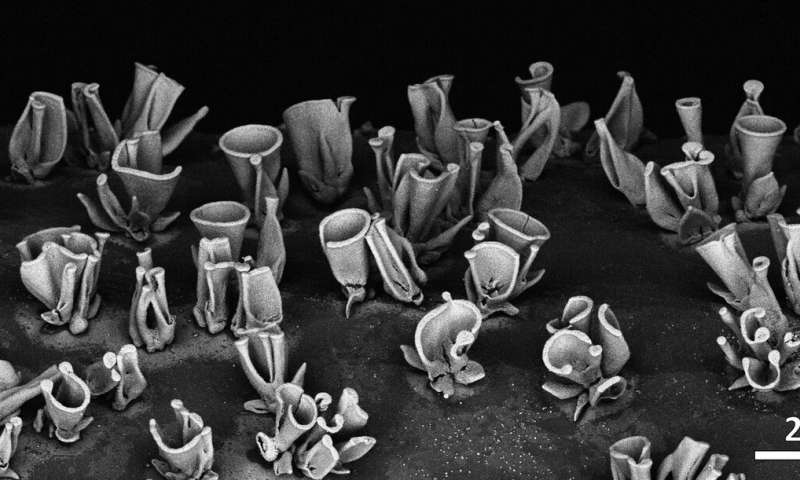Imagine if a material would arrange itself into a
shape suited for its application, for instance, a catalyst that
maximizes its own surface area for improved efficiency or a
micro-actuator that forms appendages to grab nearby objects. This
is the promise of self-assembly: making complex, functional
materials by letting matter shape itself. Yet, not all matter that
self-assembles into interesting forms turns out to have a useful
function in its final shape. Researchers of the Self-Organizing
Matter group recently discovered that ion exchange allows them to
separate the self-assembly process from the resulting material.
Their findings were published in Advanced Materials on November 16
and highlighted in Nature and Nature Reviews
Materials.



